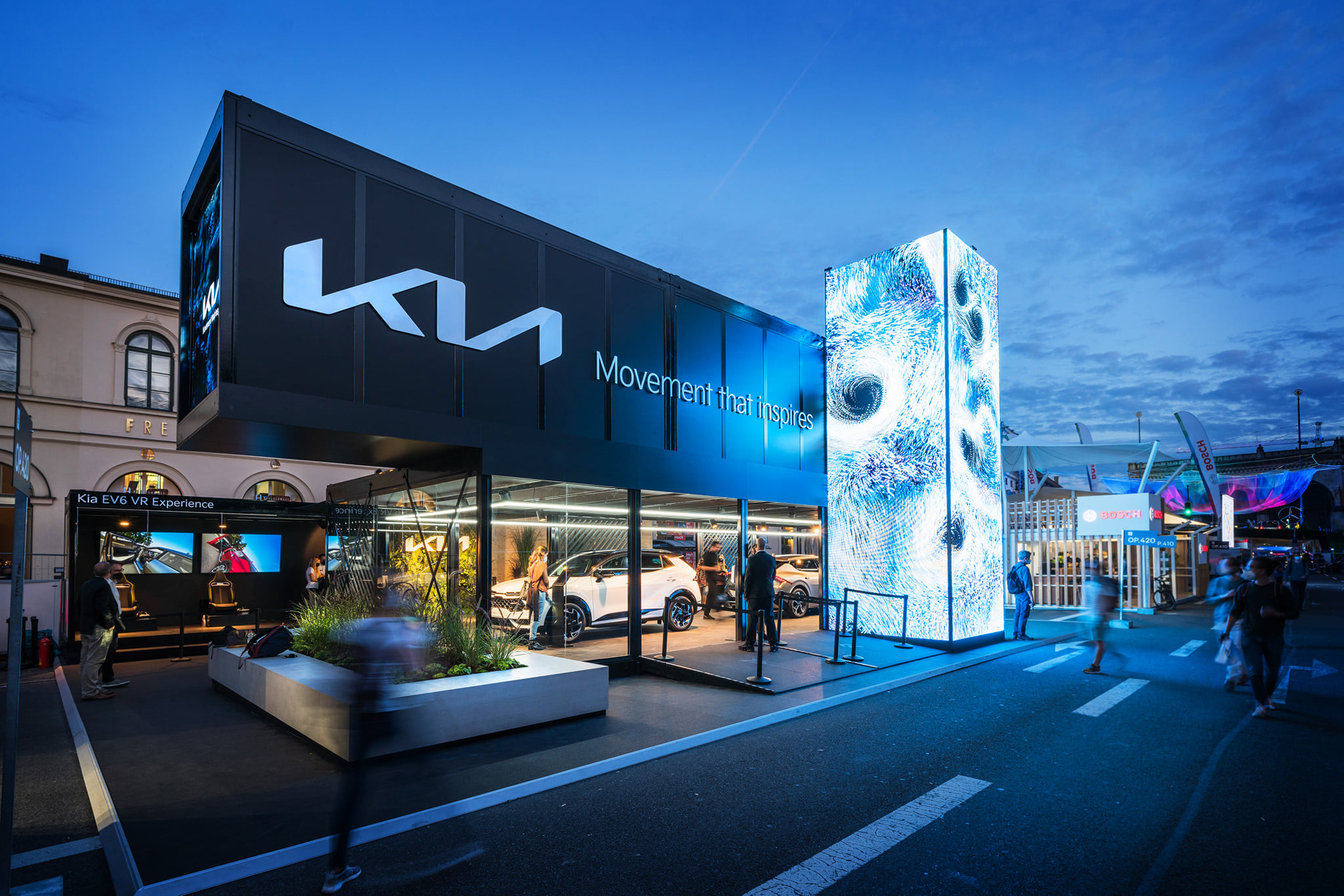

A brand activation is more than just a marketing event—it’s an opportunity to build relationships, drive engagement, and generate buzz. Whether it’s a pop-up, a sampling campaign, or a product experience, brand activations bring your brand to life in an unforgettable, experiential way.
When done well, brand activations can convert casual onlookers into loyal customers. But creating that impact requires intentionality, creativity, and attention to detail. Here’s an expanded guide on how to pull off a successful brand activation event in 2025.

1. Know Your Audience and Goals Understanding your audience is the first step. Are you targeting Gen Z with a playful and immersive digital-first experience? Or are you appealing to busy professionals who value convenience and premium service?
Define clear goals: is your objective to introduce a new product, build community engagement, collect leads, or simply generate buzz? These goals will influence every decision from design to execution.
Use tools like surveys, customer profiles, and social listening to shape your strategy.
2. Create a Concept That Aligns with Your Brand A powerful activation tells a cohesive story. Whether it’s quirky, high-tech, heartfelt, or luxury-driven, your concept should feel authentic to your brand.
For instance, a wellness brand might create a pop-up meditation garden or smoothie sampling bar. A tech company could build an immersive virtual reality experience showcasing their latest device.
Keep your design consistent with your brand’s color palette, voice, and values.
3. Choose the Right Location Where you host the event is just as important as what you do. High-traffic areas like malls, art fairs, sports events, or major intersections provide great exposure.
If you opt for a digital-first experience, consider creating an interactive virtual space accessible via a custom landing page.
Think logistics: Is it easy to find and navigate? Are there facilities like restrooms and parking? Will the venue support your technical needs?
4. Focus on Interactivity and Engagement Today’s audiences want to participate. Make the event hands-on and memorable. Some ideas include:
Encourage conversations, not just transactions. Have friendly, brand-savvy staff available to guide attendees.
5. Amplify Through Social Media Your activation should live beyond its physical boundaries. Plan content that gets shared:
Consider live-streaming the event or parts of it to engage remote audiences. User-generated content (UGC) is powerful—encourage attendees to post and tag your brand.
6. Measure the Impact Data collection is vital. Consider these metrics:
Use surveys or digital follow-ups to gather feedback. Tools like heat mapping, sentiment analysis, and geofencing analytics can give deeper insights.
7. Follow Up and Nurture the Relationship After the event, don’t disappear. Send personalized thank-you emails, share photo galleries, or offer event-exclusive discounts. Continue the conversation on social media or via newsletters.
The real power of brand activation lies in the long-term relationship you build with your audience.
Bonus Tip: Collaborate for Bigger Reach Partner with complementary brands, artists, local vendors, or influencers to cross-promote and elevate your event. Co-branded activations can amplify exposure while sharing costs.
Conclusion Brand activations in 2025 are all about connection, immersion, and authenticity. With thoughtful planning, creative execution, and strategic amplification, your event can become a conversation starter that resonates far beyond the day it happens. Remember: it’s not just what people see, it’s how they feel when they interact with your brand.
Make an Offer
Request an Offer